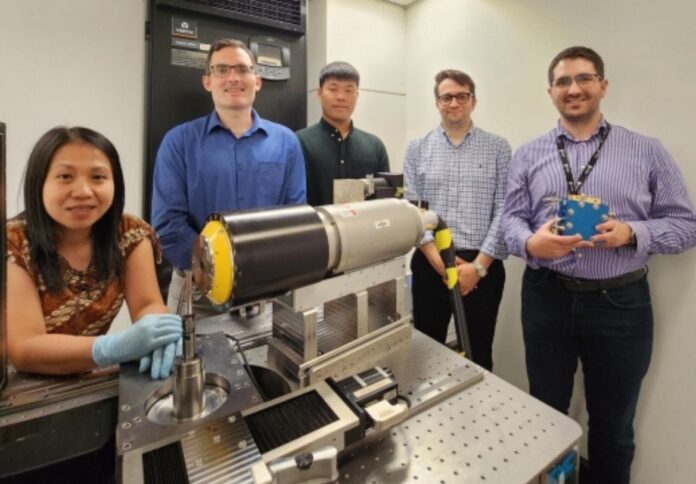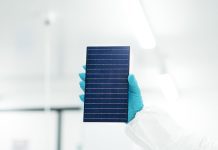
Researchers from UNSW Sydney have created an algorithm that could produce high-resolution modelled images from lower-resolution micro X-ray CT scans.
Detailed in a paper published in Nature Communications, the DualEDSR algorithm was tested on individual hydrogen fuel cells in order to accurately model the interior in precise detail and potentially improve efficiency.
According to the researchers, the process could also be used in the future on human X-rays, providing medical professionals with a better understanding of tiny cellular structures inside the body, thus, allowing for better and faster diagnosis of a wide range of diseases.
The research team developed the DualEDSR algorithm to further understand what is happening inside a Proton Exchange Membrane Fuel Cell (PEMFC), which uses hydrogen fuel to generate electricity.
PEMFCs convert hydrogen through an electrochemical process and are a quiet and clean energy source capable of powering homes, vehicles, and industries.
However, as the cells’ by-product is pure water, PEMFCs can become inefficient if the fluid cannot properly flow out f the cell, subsequently flooding the system. Until now, engineers have been having a hard time developing precise ways to drain the water inside the fuel cells.
“For the past 20 years, up until now, it has been very hard to have an accurate model of these fuel cells because of the complexity of both the materials, and the way gases and liquids are transported, as well as the electrochemical reactions taking place,” said Dr Quentin Meyer from the UNSW School of Chemistry.
The UNSW researchers said the solution they developed allows for deep learning to create a detailed 3D model by utilising a lower-resolution X-ray image of the cell while extrapolating data from an accompanying high-res scan of a small sub-section of it.
According to the paper, the researchers have successfully provided a detailed 3D model of the inside of a PEMFC, enabling manufacturers to improve the management of water produced and make the cells more efficient.
“From our model, we can quickly and precisely see where the water tends to accumulate and therefore, we can help to solve those problems in future designs,” Meyer said.
“Within the industry, it is known that there is a huge untapped performance improvement that could be made using these cells, just by improved water management, and that is estimated to be a 60 per cent increase overall.”


















